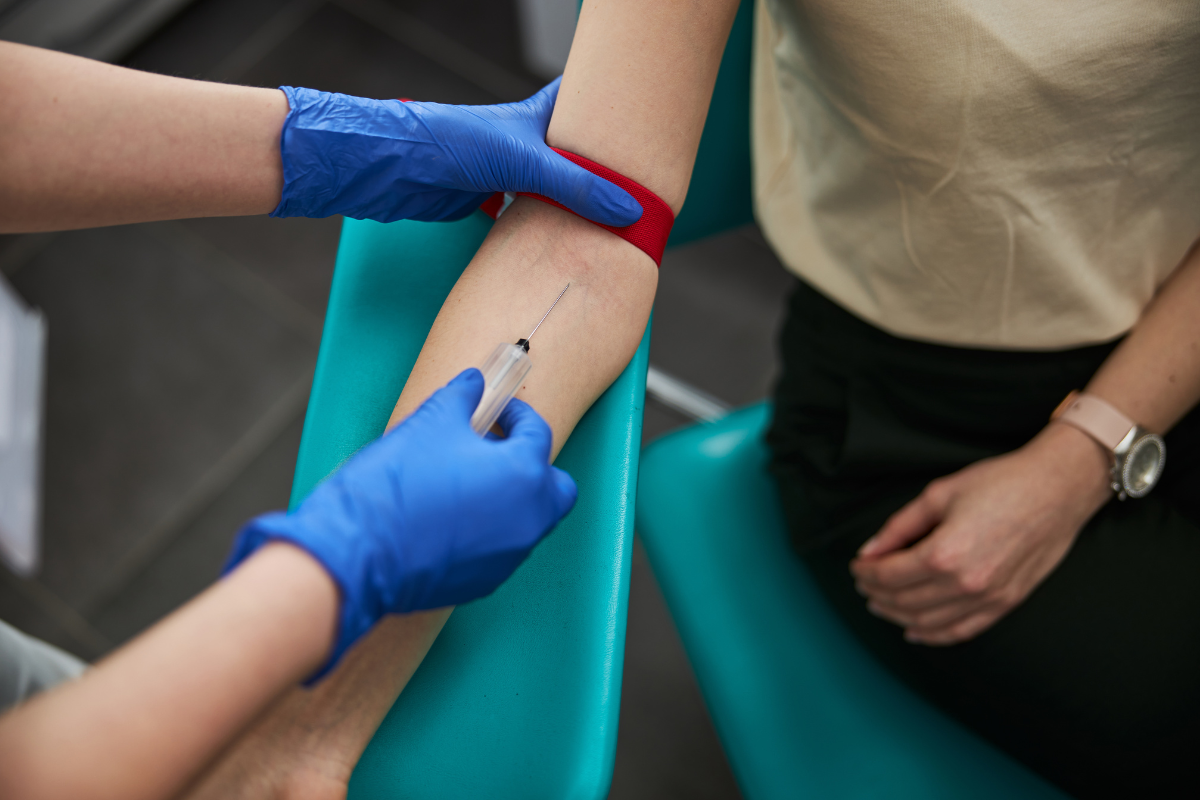How Multiplexing Could Increase the Availability of Blood Biomarkers for Classifying Neurodegenerative Disorders

Multiplexing approaches could increase the number of available blood biomarkers for use in qualifying neurodegenerative diseases.
Compared to other chronic ailments such as cardiac disease, relatively few qualified biomarkers exist for issues such as Alzheimer’s Disease and Parkinson’s Disease.
As the leading cause of dementia in the elderly population, the hallmarks of Alzheimer's in pathology include accumulations of intraneuronal tau and extracellular amyloid plaque depositions.
However, as a greater body of research exists surrounding them, cardiac biomarkers have a higher degree of utility in diagnostic and monitoring applications.
In the neurodegenerative sphere, researchers are at a much earlier stage with regard to the resources and materials necessary for accessing key areas.
Many of the most relevant neurodegenerative biomarkers are also difficult to access, and require invasive solid biopsies that may harm the patient more than they help them.
In other words, cardiac biomarkers are an ‘easier’ field to investigate: this is particularly true in the context of ensuring a therapeutic approach is clinically actionable and has the potential to result in an improved health outcome.
- How are biomarkers aiding treatment strategies for neurodegenerative diseases?
- Plasma biomarkers show promise in CNS trials for Alzheimer's disease
- Blood-based biomarkers and liquid biopsies in cancer treatment
There are several blood biomarkers for neurodegenerative disease which have significant potential, but they must be clinically actionable to have any valid utility.
Issues can also arise if patients are treated based on a perceived risk of disease, as the treatment may be more damaging than the disease itself.
Neighbouring avenues of blood biomarkers, such as cardiac biomarkers, enjoy a number of well-established indicators used to diagnose heart attacks and patients at an increased risk of future complications.
While several conventional examples exist for biomarkers in neurodegenerative diseases, such as amyloid-β and tau pathology in Alzheimer’s disease, they are not established in the same way.
This is particularly true for biomarkers such as α-synuclein pathology in Parkinson’s disease.
Analysis of Multiplex Blood Biomarker Information for Neurodegenerative Diseases
In this context, there is a visible need for accessible biomarkers for Alzheimer’s, Parkinson’s, and related neurodegenerative diseases to assist in early stage diagnosis.
Recent studies have looked into developing machine learning algorithms to interpolate information derived from blood biomarkers, helping to identify patients with different neurodegenerative diseases.
An approach that could inform treatment involves using machine learning to interpret multiplexed blood biomarkers from patients at risk of developing a neurodegenerative disease.
Here, dimensionality reduction and feature extraction are both employed to show the sample’s biomarker information as a scatter plot.
This approach could be used to inform clinical treatment at the earliest stages, aiding in diagnosis when predicting individual neurodegenerative disorders at an early onset.
While there is a great deal of promise associated with multiplex biomarkers for assessing neurodegenerative diseases, the field is still developing.
This is particularly relevant in the context of using machine learning algorithms to assist in construing patient profiles: most patients who have received a diagnosis for Alzheimer’s or Parkinson’s Disease already receive medication treatments
Since therapeutic drugs affect plasma protein profiling, the classification models used in multiplexing may inadvertently pick up on perturbations in protein expression which occur as a result of treatment rather than disease biology.
Future approaches interpolating multiplexed blood biomarkers for neurodegenerative diseases will have to account for these constraints – newly developed detection methods should also be capable of screening several biomarkers in a multiplexed manner.
Get your weekly dose of industry news and announcements here, or head over to our Biomarkers portal to catch up with the latest advances in diagnostics. To learn more about our upcoming Precision Oncology Europe conference, visit our event website to download an agenda and register your interest.
Related Events
For more on this topic, you may be interested in our upcoming 20th Annual Biomarkers & Precision Medicine Congress , or our Biomarkers Europe 2024Related Resources







